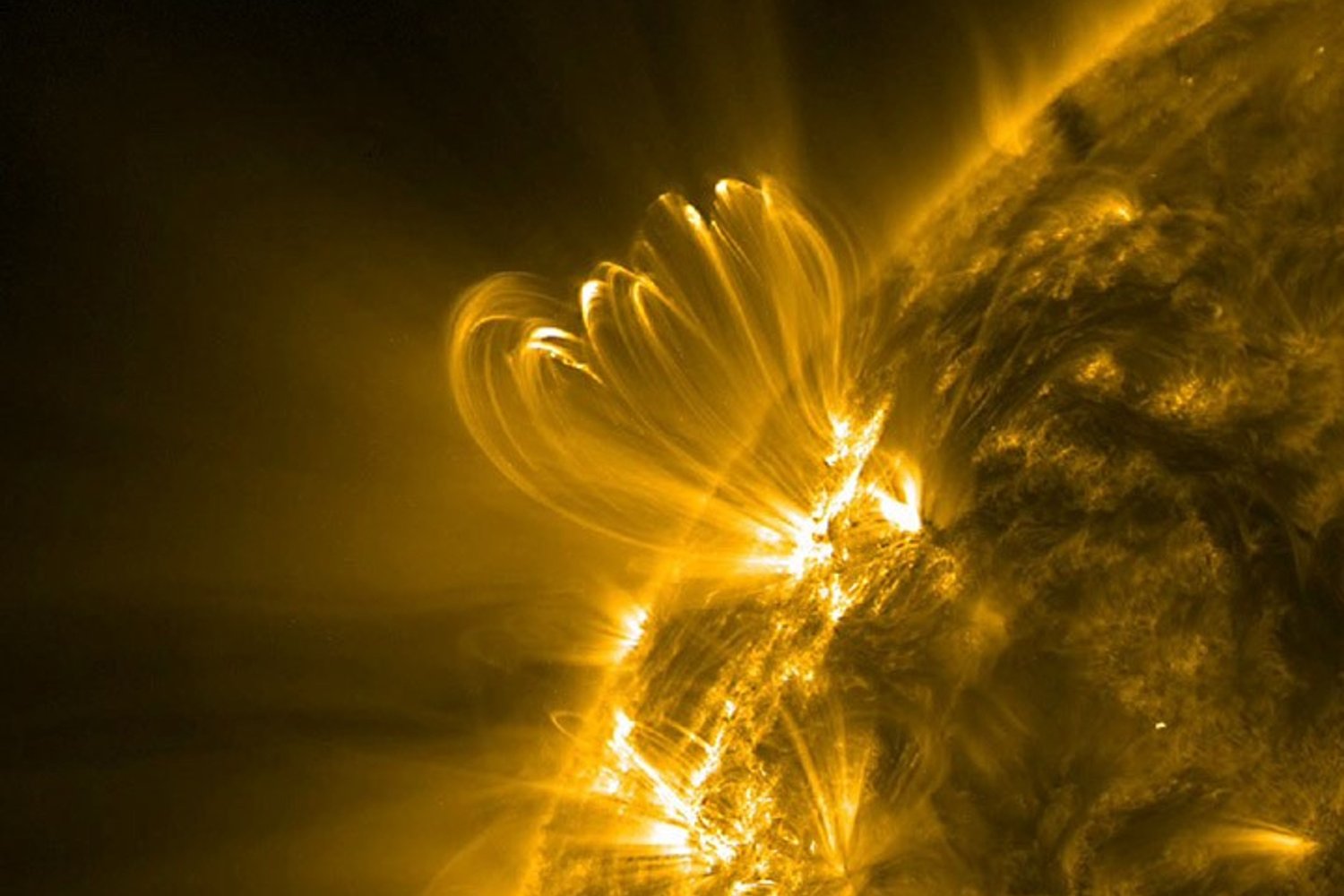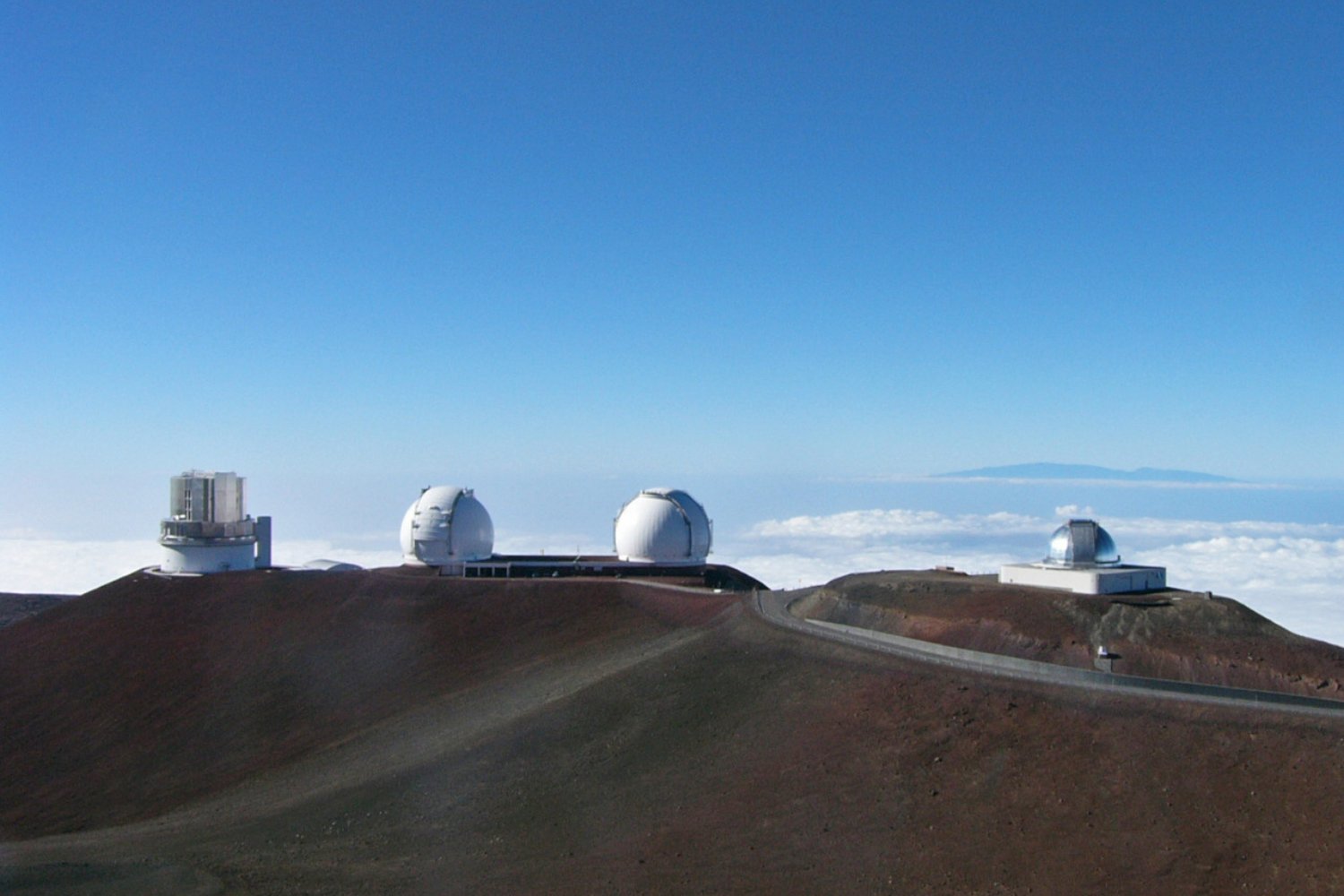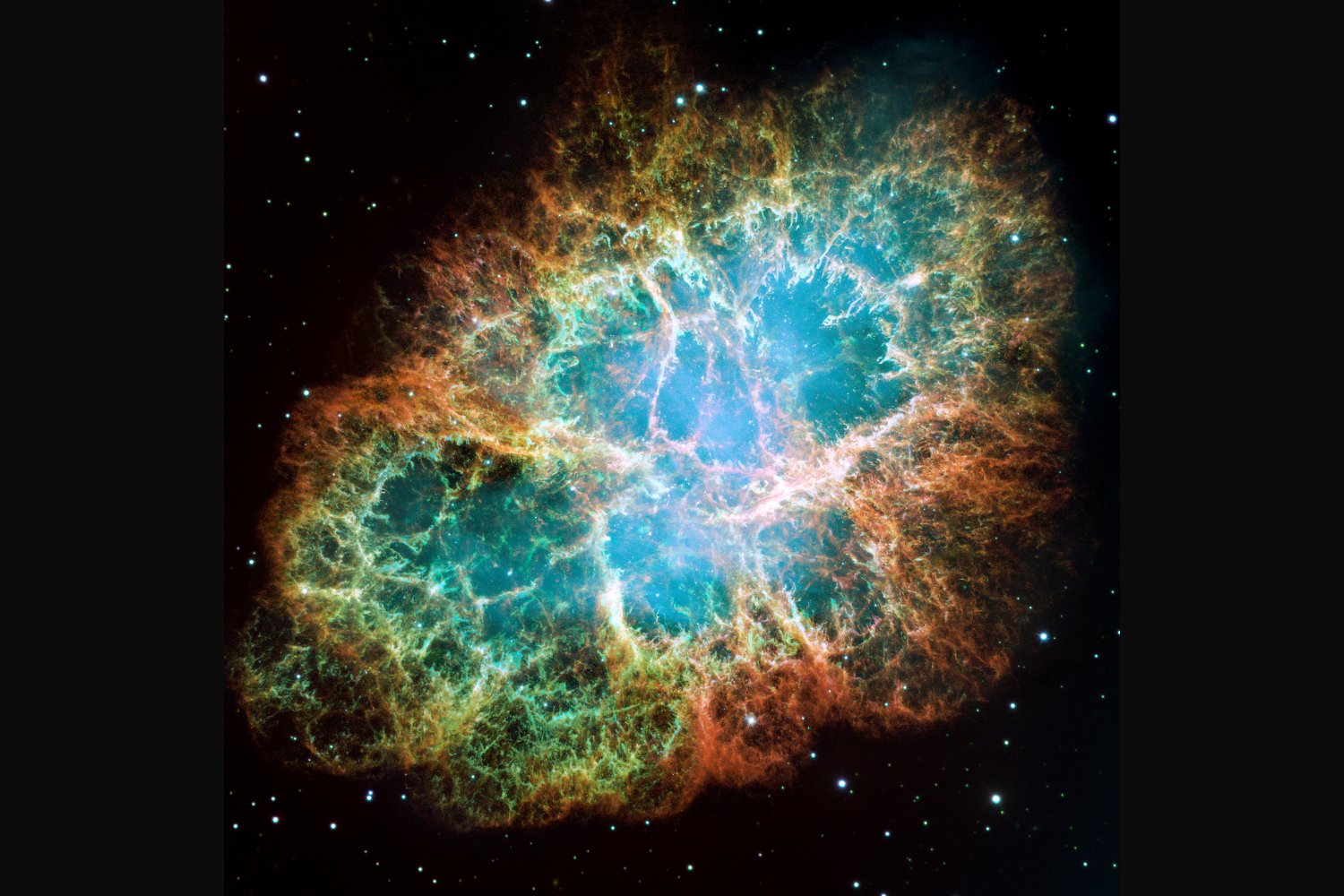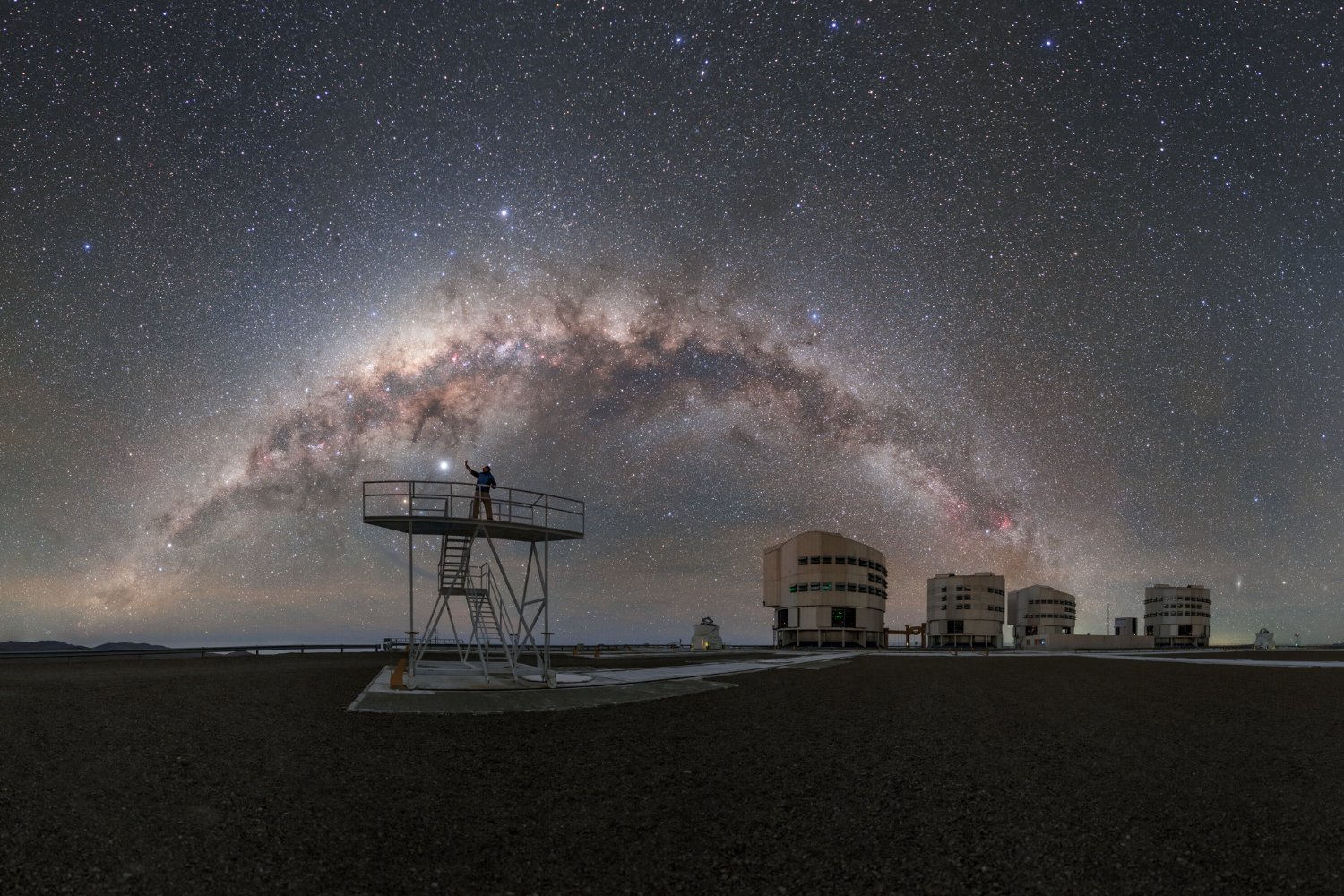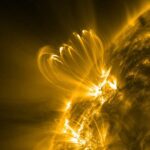Enceladus is having a moment: ever since NASA announced it had all the basic ingredients to support life, people have become interested in the unusual Saturnian moon. In addition to hiding a warm subterranean ocean beneath its crust, Enceladus produces enough energy from its hydrothermal vents that could hypothetically support alien microbes. To add another layer of weirdness to this strange world, new research suggests Enceladus may have tipped over long ago.
After studying information collected by NASA’s Cassini spacecraft, a team of scientists thinks they’ve found evidence that Enceladus’ spin axis—the imaginary line through its north and south poles—has shifted about 55 degrees away from its original axis. According to the researchers, the most likely reason is that a smaller object, like an asteroid, collided with the moon, causing it to reorient. A smash-up has previously been used to explain Enceladus’ unusual “tiger stripes,” geysers of water erupting at the moon’s current south pole. The team’s research was published in April in the journal Icarus.
“The geological activity in this [tiger stripe] terrain is unlikely to have been initiated by internal processes,” the study’s lead author, Radwan Tajeddine, a Cassini imaging team associate at Cornell University, said in a statement. “We think that, in order to drive such a large reorientation of the moon, it’s possible that an impact was behind the formation of this anomalous terrain.”
If Enceladus was indeed walloped by a giant space rock long ago, it would have redistributed the moon’s mass. According to NASA, it would have taken Enceladus over a million years to get its shit together and stabilize—in the meantime, its north and south poles would have shifted greatly in a phenomenon called “true polar wander.” Polar wander, which has also been used to explain the curious equatorial placement of Pluto’s famous heart region, could explain why Enceladus’ north and south poles look so unbelievably different from one another. For one thing, the north pole doesn’t have those hydrothermal vents spewing water vapor.
While Enceladus is still shrouded in icy mysteries, hopefully, cracking a few will help us figure out what this world is hiding. Maybe, just maybe, we’ll get to find some space narwhals lurking below its surface.
[NASA]
